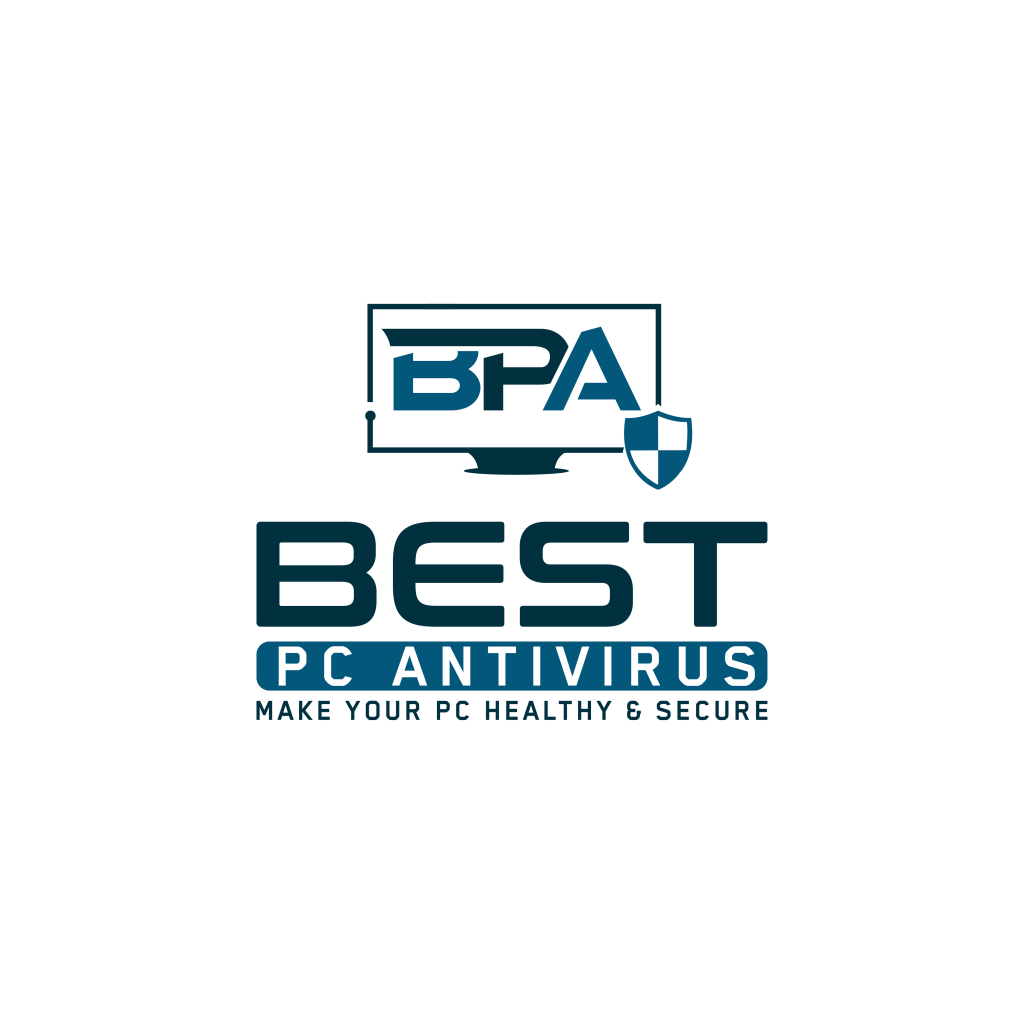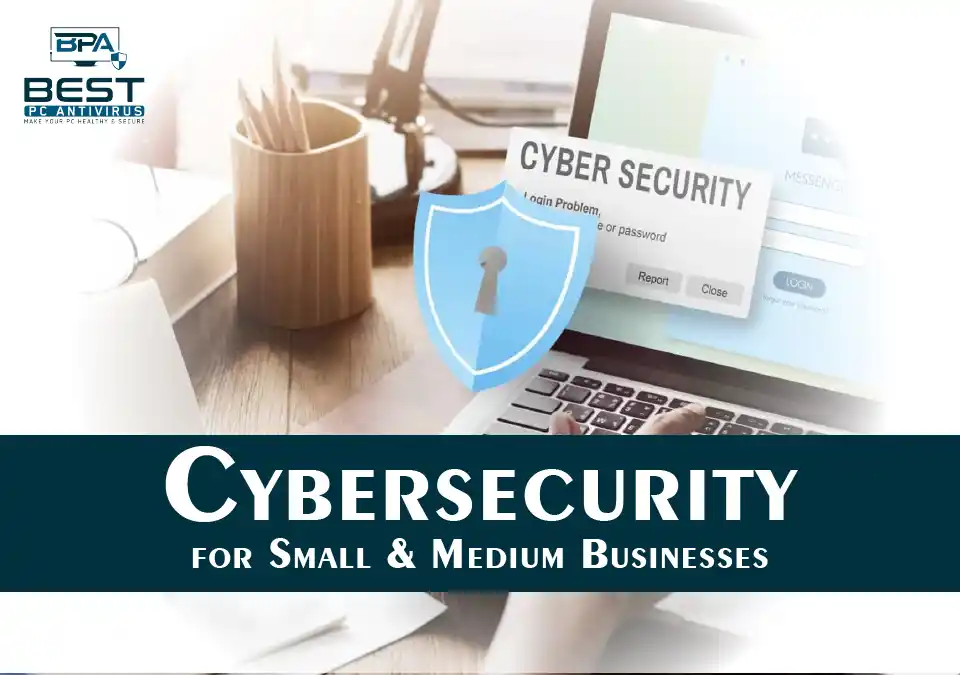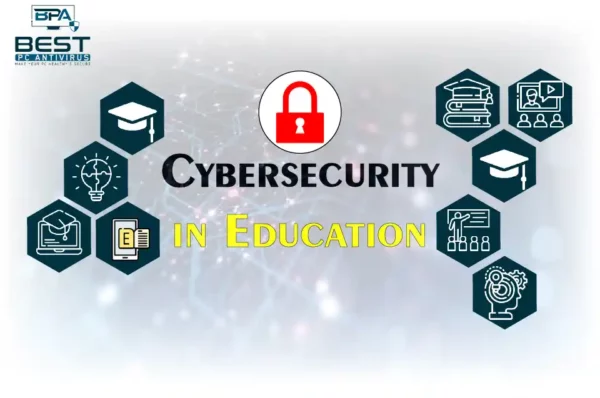Small and medium businesses always win your hearts, but when it comes to cybersecurity, they are also the perfect targets for cybercriminals. These businesses often have information that hackers want, but they lack the security infrastructure of larger businesses. So, if you own a small business, and want to know more about cybersecurity for small and medium businesses you might want to keep reading!
Do Small & Medium Businesses Even Need Cybersecurity?
Yes! As mentioned in the US Small Business Administration quote, SMBs are attractive targets for cybercriminals. This is because these businesses often have information that cybercriminals want, but they lack the security infrastructure of larger businesses. Additionally, many SMBs cannot afford professional IT solutions, have limited time to devote to cybersecurity, or do not know where to begin.
Intelligence gathering is a common reason behind cyber attacks, and data breaches are one possible result of successful attacks. Data breaches can involve a variety of information, from documents and intellectual property to credit card and financial information. Cybercriminals could even mine information about staff and customers. According to a 2017 Ponemon study, the global average total cost of a data breach is $3.62 million.
Small businesses accounted for nearly 50% of data breaches in 2019, according to the executive summary of the DBIR. This is evidence that cybercriminals see value in small businesses. Many SMBs do not have the resources to spend on security programs or applications, and it is not uncommon for small businesses to be hacked as part of the supply chain. This means that small businesses need to start thinking strategically about their security options.
SMBs also have a greater risk of insider attacks. Insider attacks do not discriminate based on business size, but SMBs face a unique challenge: managing the rapid expansion of IT infrastructure and connected devices without the benefit of enterprise-scale resources. This leads to “task saturation” where small business owners and employees are constantly switching between roles and tasks to support daily operations, develop new strategies, and manage growing cyber risk. Speed becomes the watchword for SMBs, and this creates the ideal environment for insider threats to flourish because when speed outpaces security, “trust is presumed, but it is misplaced.”
Staff are given broad access to critical company files and resources to streamline business functions, even if they do not necessarily need it. Insider events become a matter of when, not if.
Increasing use of IoT devices poses additional risks for SMBs. With the introduction of new technologies comes new opportunities for criminals to steal data. Cloud computing and the Internet of Things (IoT) are two clear examples of this, as small businesses jump to integrate new technology without considering the vulnerabilities. Many IoT devices, including WiFi-enabled coffee machines and smartwatches, have weak security settings which can be taken advantage of by criminals to access the main network at any business.
Once breached, organisations face high costs that can last well beyond the initial breach. According to the 2018 CISCO “Small and Mighty How Small and Midmarket Businesses Can Fortify Their Defences Against Today’s Threats” report, the cost of a cyber breach for SMBs is significant. While the cost of a cyber breach can lead to financial strain, a proactive cybersecurity program with continuous monitoring can help detect and contain a breach which leads to significant cost savings. It is therefore essential for SMBs to take cybersecurity seriously and to take measures to protect their business, staff, and customers.
Highly Recommended Practices for Attaining Cybersecurity for SMBs
Cybersecurity is a critical concern for small and medium businesses (SMBs) since they are increasingly targeted by cybercriminals. SMBs must take proactive steps to secure their networks, devices, and sensitive data. Here are some actionable tips for small and medium businesses can implement to improve their cybersecurity posture:
Take inventory: SMBs should conduct discussions with key stakeholders and business unit leaders to document vital resources and the types of data the business creates, processes, and shares with its partners.
Conduct a security assessment: It’s important to understand where your security gaps are. Perform an internal and external security assessment to determine where your vulnerabilities lie and determine what remediation and other safeguards should be in place but are not.
Security is a mindset: The best software for cybersecurity is a company-wide mindset. Everyone should be vigilant and conscious of security threats and the value of the company’s data and assets.
Identify your most sensitive information: SMBs should start by identifying the assets and systems that are critical to the company’s success. These so-called crown jewels, such as sales data and customer and vendor lists, are crucial for businesses to operate.
Enable two-factor authentication: Two-factor authentication reduces the incidence of identity theft and online fraud. Business email providers, cloud drives, accounting software, and many others already support two-factor authentication out of the box.
Limit access to sensitive information: Layered security can help to keep the most sensitive data safe even if your system suffers a breach. This means limiting access to certain types of information and adding levels of protection such as additional passwords, encryption, and so on.
Put a mobile device security plan in place: Require your employees to report lost or stolen devices, use password protection, and install security apps. Mobile devices could be especially vulnerable if they are used on public networks.
Keep your machines clean: Having the latest security software, web browser, and operating system are the best defences against viruses, malware, and other online threats. Set antivirus software to run a scan after each update. Install other key software updates as soon as they are available.
Use a VPN: A virtual private network (VPN) is a secure channel or network used to promote private, protected internet access. This encrypted tunnel secures your data and interactions online, making it impossible for hackers to decode and gain access.
Miscellaneous Tips for Small and Medium Businesses on Cybersecurity
Here are some additional tips on cybersecurity for SMBs:
Tip #1 Be aware of all applicable laws and regulations: It is crucial to understand and adhere to all local and international industry standards and laws that apply to your business, such as privacy and security of personal information laws. Global standards such as the ISO/IEC 27000 family should also be considered.
Tip #2 Go on the offensive to control security and compliance from inside your business: Most SMBs cannot afford dedicated security personnel or have the expertise needed to implement reliable solutions. As a result, the courts will uphold security laws regardless, putting responsibility firmly in the business leader’s hands. An integrated approach to cyber safety that addresses best practices through people, processes, and technology should be adopted, and proper insurance should be obtained in the event of a breach.
Tip #3 Create a compliance team: Cybersecurity does not exist in a vacuum, and even small to mid-sized businesses require a compliance team. As organisations continue to move their business-critical operations to the cloud, they need to create an interdepartmental workflow and communicate across business and IT departments.
Tip #4 Focus on standards compliance and certification: SMBs should decide which security standards to focus on and become certified, such as PCI DSS certification if they plan on using credit cards or GDPR if they plan to do business in the European Union. SMBs should also consult the NIST Cybersecurity Framework for guidance on standards.
Tip #5 Know what customer data you collect and store – and where: A comprehensive list of all the customer data you collect or have on file should be created. It is also essential to list out where this information is stored, whether electronically or in a physical filing system.
Tip #6 Implement security awareness training to boost compliance: Regulations like Sarbanes-Oxley and PCI know that humans are the weakest link in information security. Security awareness training ensures full compliance with such regulations.
Tip #7 If you handle customer cardholder data, your business must comply with PCI DSS: The Payment Card Industry Data Security Standard (PCI DSS) requires everyone storing, processing, or transmitting cardholder information to follow it.
Tip #8 Use encryption to protect customers’ financial information: It is essential to use data encryption to protect customers’ financial information. Visa and MasterCard require most businesses operating online to verify that they have taken steps, including data encryption, to protect their customers who use their credit cards.
FAQs
Why do small and medium businesses (SMBs) need cybersecurity?
SMBs need cybersecurity because they are attractive targets for cybercriminals due to their limited security infrastructure and the information they possess. SMBs have a greater risk of insider attacks and face challenges in managing IT infrastructure and connected devices. Also, they often lack the resources to spend on security programs or applications, making them vulnerable to cyber threats.
What are some recommended practices for SMBs to improve their cybersecurity posture?
SMBs can take proactive steps to secure their networks, devices, and sensitive data by taking inventory, conducting a security assessment, making security a company-wide mindset, identifying their most sensitive information, enabling two-factor authentication, limiting access to sensitive information, putting a mobile device security plan in place, keeping machines clean, and using a VPN.
What are insider attacks, and why do SMBs face a unique challenge in managing them?
Insider attacks are cyber threats that come from within an organization, such as employees or contractors. SMBs face a unique challenge in managing insider attacks because they often manage the rapid expansion of IT infrastructure and connected devices without the benefit of enterprise-scale resources. This leads to “task saturation,” where small business owners and employees are constantly switching between roles and tasks to support daily operations, develop new strategies, and manage growing cyber risk.
How can IoT devices pose risks for SMBs?
The increasing use of IoT devices poses additional risks for SMBs. Many IoT devices have weak security settings that can be taken advantage of by criminals to access the main network at any business. Criminals can use these devices to steal data, making SMBs vulnerable to cyber threats.
What is a virtual private network (VPN), and why is it recommended for SMBs?
A virtual private network (VPN) is a secure channel or network used to promote private, protected internet access. SMBs are recommended to use a VPN because it creates an encrypted tunnel that secures their data and interactions online, making it impossible for hackers to decode and gain access.
Read More : Some Lesser Known Facts About ChatGPT




